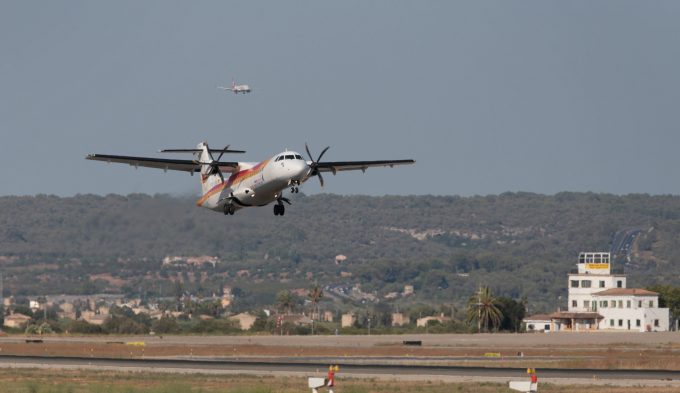Sun Country eyes boxes rather than people with Amazon deal
An interesting analysis of Sun Country’s deal with Amazon, from CrankyFlier. It shows how Sun ...

Amazon’s freighter operations keep expanding at a double-digit rate, heralding some strategic shifts.
A new study, published by the Chaddick Institute for Metropolitan Development at DePaul University, has kept track of the progress of Amazon Air and shows turboprops entering the game, with widebodies for intercontinental ...
Keep our news independent, by supporting The Loadstar
Red Sea crisis has driven most new capacity into extended Asia-Europe trades
Carrier price hikes hold, driving spot rates higher as space gets scarcer
Crew forced to abandon ship in latest fire on vessel carrying EVs
The Loadstar Podcast | Transport Logistic and Air Cargo Europe 2025
Explosions and 'out-of-control' fire reported on Wan Hai box ship
'Now or never' for Kuehne and DHL GF to hit back at DSV
Carriers on the hunt for open tonnage again as transpacific rates soar

Comment on this article